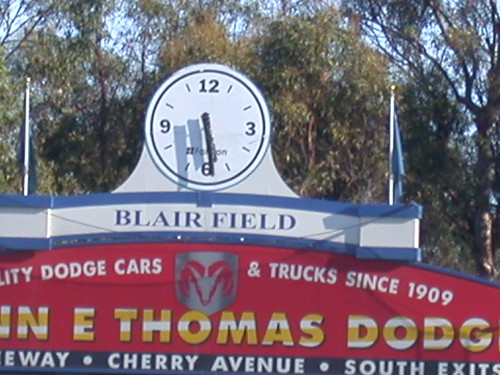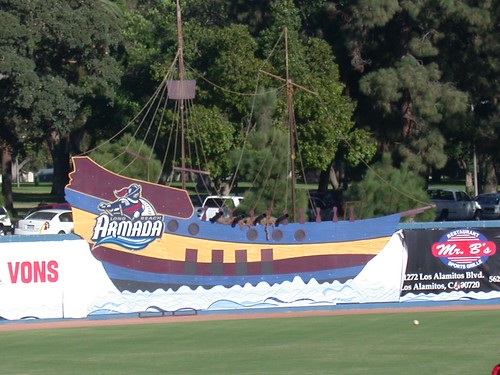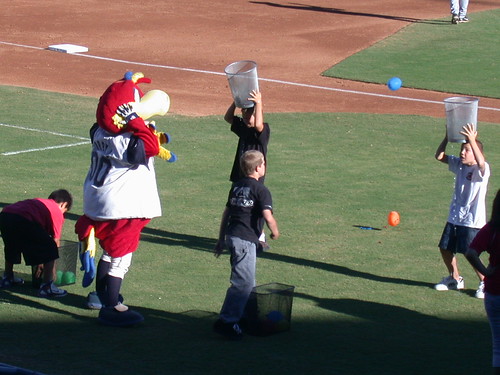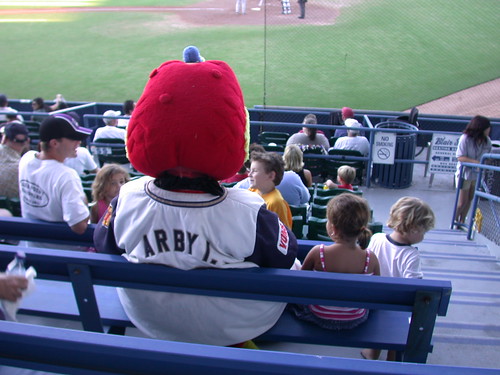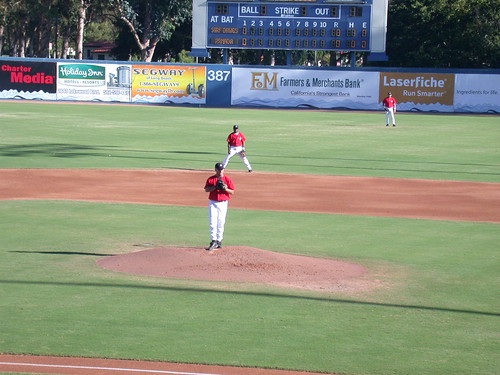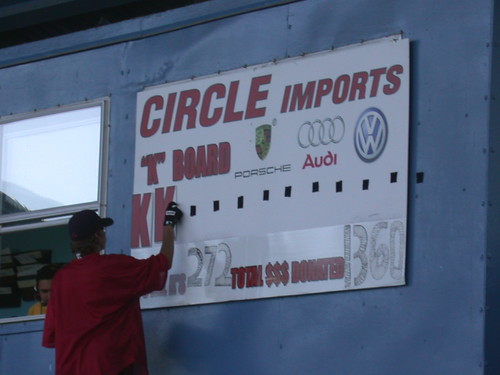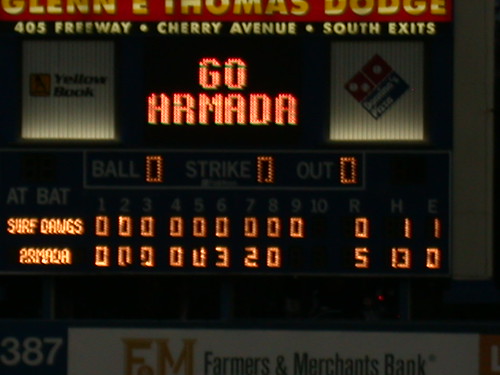Every year, about this time of the pseudo-spring, I read a baseball book. I try to limit myself to one–aside, that is, from the annual Baseball Prospectus (and, now, for the first time, The Hardball Times Season Preview)–because I spend plenty of non-reading time thinking about baseball; my reading time should, I figure, be mostly baseball-free.
This year, after reading a great interview with the author at my favorite Cardinals blog, I chose Wall Street Journal sportswriter Sam Walker’s Fantasyland: A Sportswriter’s Obsessive Bid to Win the World’s Most Ruthless Fantasy Baseball League (2006). I had skipped it when it was in hardcover because, despite years of being a statistically literate baseball fan, I’d always avoided fantasy baseball. But the same day that I read the interview–which made clear that the book would be of interest to any somewhat nerdy baseball fan, despite fantasy-avoidance–my friend Eric, ruthlessly drawing on all the power of a decade-long long-distance friendship, talked me into running a fantasy team in his league. So how could I not read Sam Walker’s book?
It’s good–Walker is very good at sketching out characters, building drama, and getting the reader deeply involved in the utterly inconsequential. The book deserves, and will, if I stay organized, receive, a full post (cross-posted, like this one, at my book blog). For now, though, I’ll just reproduce the passage that made me get up and find the laptop. Walker has just finished–in his eyes fairly successfully–his first fantasy draft in the nation’s premier fantasy league. Drunkish on Guinness from the post-draft party at a bar in Queens, he wanders back to his Greenwich Village apartment. And he experiences a moment that seems to encapsulate my love of baseball, cities, and, in particular, New York:
By the time my shoes meet the pavement in Manhattan, it’s well past midnight. As I’m staggering home down Bethune Street, something on the sidewalk catches my eye. It’s scuffed and cracked and frayed at the seams, and probably not even made of leather, but nonetheless it’s a baseball. On a damp and chilly night at the end of March, I step into the middle of the cobblestone street and, after checking for cabs, wheelchairs, dogs, bicyclists, and beat cops, I fix the ball in my fingers with a two-seam grip and take the sign.
Then I set, kick, and deliver.
The ball bounces under the glow of streetlights, skitters on a manhole cover, and ricochets off the front tire of a Toyota. The real major league season doesn’t start for a few days, but mine begins right now. One of the advantages of owning a Rotisseries team is the inalienable right to throw out your own first pitch.
Players are working out, in Florida and that other place, Anthony Reyes of the world champion St. Louis Cardinals reportedly has command of his two-seamer, and even Rick Ankiel has a chance at making the major-league roster–as a hitter. We’re almost at the best time of year since October; you could do far worse than usher it in with Sam Walker.
.

